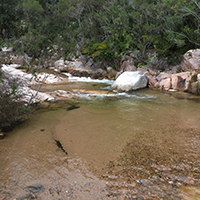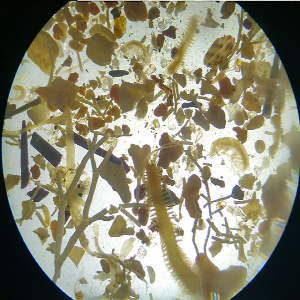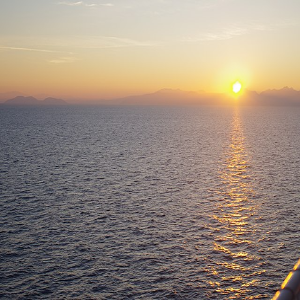Implementation of the EU ecological flow policy in Italy with a focus on Sardinia

Accepted: 12 May 2020
HTML: 60
All claims expressed in this article are solely those of the authors and do not necessarily represent those of their affiliated organizations, or those of the publisher, the editors and the reviewers. Any product that may be evaluated in this article or claim that may be made by its manufacturer is not guaranteed or endorsed by the publisher.
River ecosystems are characterised by a naturally high level of hydrodynamic perturbations which create aquatic-terrestrial habitats indispensable for many species, as well as for the human beings' welfare. Environmental degradation and habitat loss caused by increasing anthropogenic pressures and global change affect freshwater aquatic ecosystems worldwide and have caused changes in water flow regimes and channels morphologies. These, in turn, decreased the natural flow capacity and reduced habitat availability, thus causing severe degradation of rivers' ecological integrity. The ecological flow (e-flow) is commonly intended as the quantity, timing, duration, frequency and quality of water flows required to sustain freshwater, estuarine and near‐shore ecosystems and the human livelihoods and well‐being. Maintaining the e-flow represents a potential tool for restoring and managing river ecosystems, to preserve the autochthonous living communities, along with environmental services and cultural/societal values. In the last decade, methods for the determination of the e-flow in European rivers moved from a simply hydrological approach towards establishing a linkage between the hydrological regime and the good ecological status (GES) of the water bodies, as identified by the European Water Framework Directive (WFD; 2000/60/EC). Each Member State is required to implement and integrate into the River Basin Management Plans (RBMP) a methodology for the determination of the e-flow, ensuring that rivers can achieve and maintain the GES. The competent river basin authorities have thus to ascertain whether national methodologies to can be applied to different river typologies and basin environment characteristics. In this context, we narratively review the e-flow assessments in the heterogeneous Italian territory, in particular on a water scant region such as Sardinia, by analysing laws, guidelines and focusing on study cases conducted with micro and meso-scale hydraulic-habitat approaches. In the sight of a more ecological-based application of national e-flow policy, we suggest that meso-habitat methods provide a valuable tool to overcome several limitations of current e-flow implementation in the Italian territory. However, to face future challenges, such as climate change adaptation, we stress the need for further experimental studies to update water management plans with greater attention for nature conservation.
Supporting Agencies
Regional Agency of the Sardinian River Basin District (Servizio Tutela e Gestione delle Risorse Idriche, Vigilanza sui Servizi Idrici e Gestione delle Siccità), Departments of Civil-Environmental Engineering and Architecture (DICAAR) and of Life and Environmental Sciences (DISVA) of the University of Cagliari, ItalyPAGEPress has chosen to apply the Creative Commons Attribution NonCommercial 4.0 International License (CC BY-NC 4.0) to all manuscripts to be published.



 https://doi.org/10.4081/aiol.2020.8781
https://doi.org/10.4081/aiol.2020.8781







